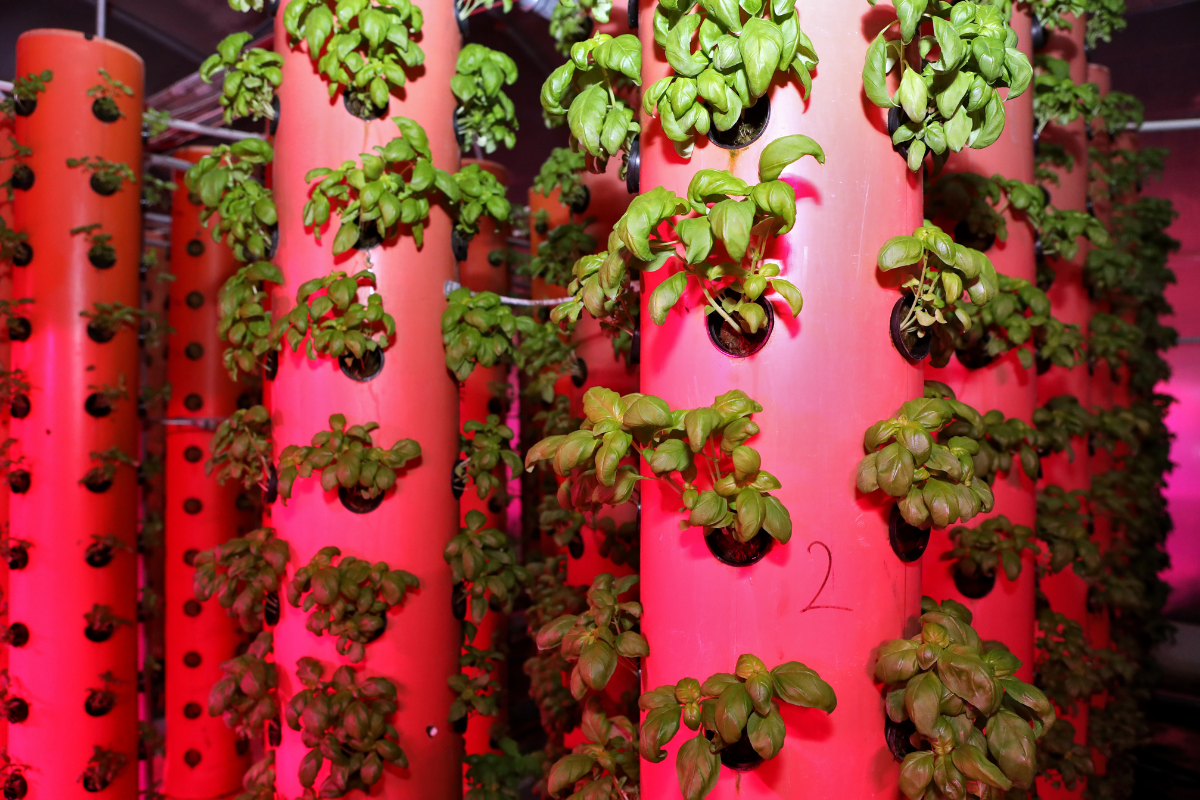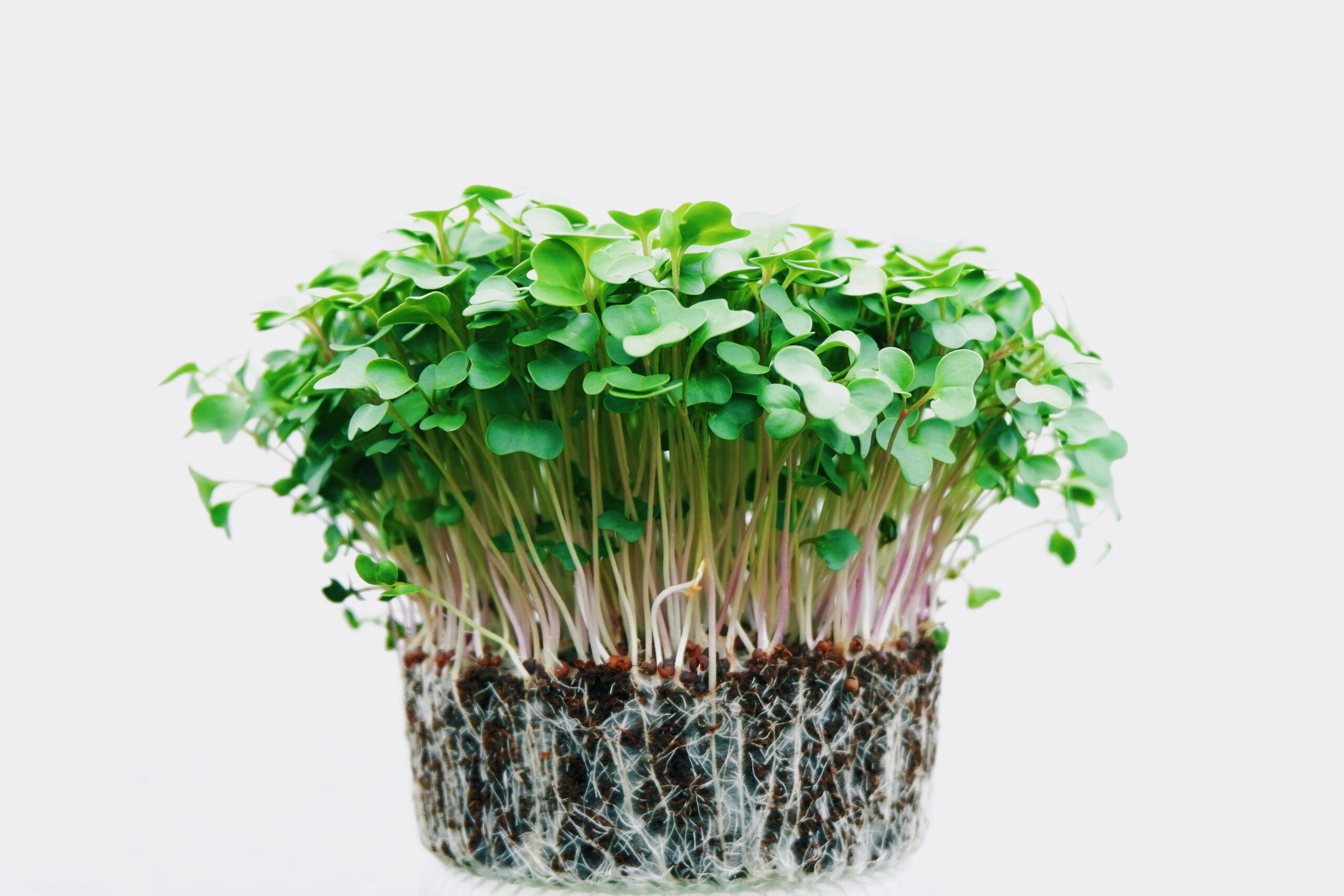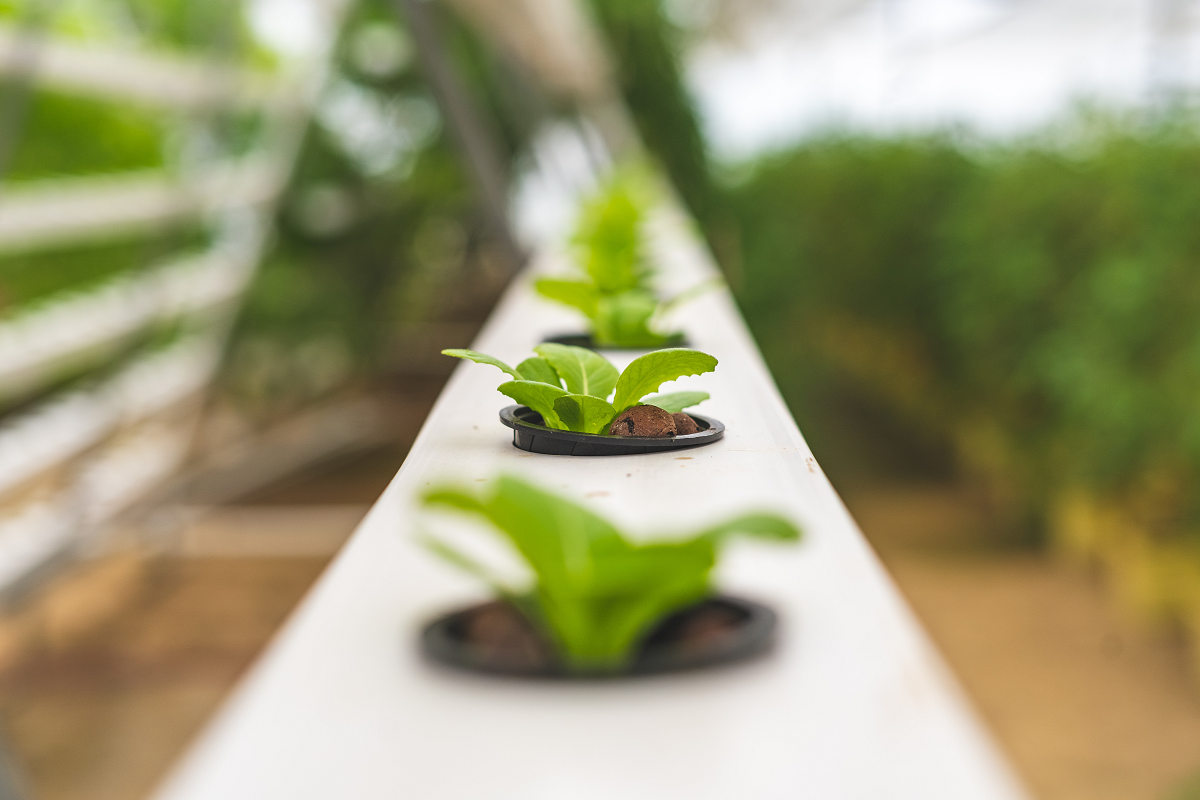Hydroponics and aeroponics are two of the most innovative and efficient methods of growing plants without soil.
While both techniques have their own unique advantages, they differ significantly in terms of how they provide nutrients to plants.
If you’re interested in indoor gardening or want to grow your own fresh produce, understanding these two systems is essential.
In this blog post, we’ll explore the key differences between hydroponics and aeroponics so you can decide which method is best for your needs!
Table of Contents
Both hydroponics and aeroponics are methods of growing plants without the use of soil.
In hydroponics, plants are grown only with water, and in aeroponics, the roots of the plants are suspended in the air and there are misted with a nutrient-rich water solution for better efficiency than yield
With both of these methods, you can grow plants in less space without the need for soil and you have better control over your plant’s growing condition.
Though it doesn’t involve the soil and other typical gardening methods they are still hard to manage.
Now, let’s see the typical differences between these methods
What is hydroponics?
In this method, the plants are basically grown in a nutrient-rich water solution without soil.
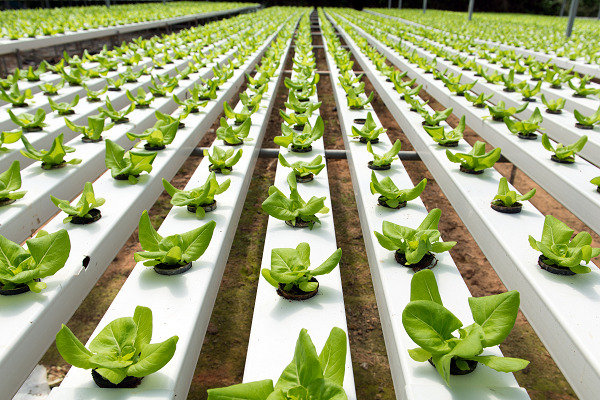
In this method, water is used as an anchor or the growing medium, sometimes mediums like coconut coir or perlite are also used to support the plants
You need to regularly change your water supply and enrich it with nutrients to ensure your plants get their required amount of nutrients
In hydroponics you can grow herbs and plants and also several fruits and vegetables.
It can be set up in various environments like greenhouses, or in indoor gardening
What is Aeroponics?
Aeroponics is a high-tech method of growing plants in which the roots are suspended in air and misted with nutrient-rich water
In an aeroponic system, pressurized pumps spray a fine mist of nutrient solution directly onto the plant’s roots.
The root system is exposed to this constant stream of nutrient-rich moisture allowing it to grow rapidly without ever becoming waterlogged or deprived of crucial oxygen.
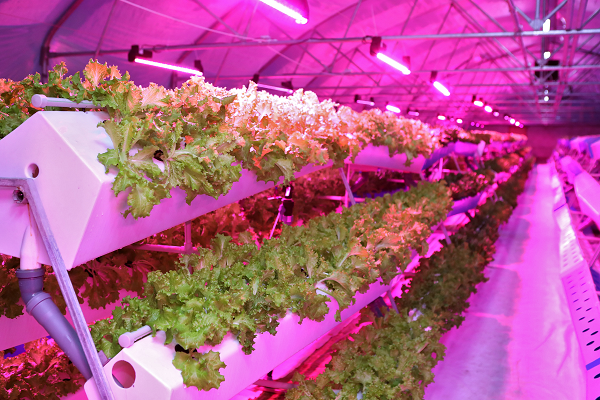
This method doesn’t require frequent monitoring and you can have better control over the nutrients you supply in the form of a mist than hydroponics
This system is mostly used to grow leafy plants and herbs.
The difference between hydroponics and aeroponics
Hydroponics and aeroponics are two popular methods used in modern agriculture to grow plants without the use of soil.
While both techniques share similarities, there are key differences between hydroponics and aeroponics that distinguish them from each other.
| Hydroponics | Aeroponics |
|---|---|
| Hydroponic systems involve growing plants in a water-based nutrient solution. | Aeroponic systems require no growing medium at all. Instead, they rely on misting sprays to deliver water and nutrients directly onto exposed roots suspended in the air. |
| The root system of the plant is submerged in nutrient-rich water enabling it to absorb all necessary nutrients required for growth. | This method allows for maximum oxygenation of roots leading to faster growth rates and increased yields. |
| Hydroponic systems typically need frequent monitoring since any imbalances or fluctuations can quickly affect plant health | Aeroponic setups have lower maintenance needs due to their closed system design which minimizes nutrient loss |
| Hydroponic systems generally work better for larger plants like tomatoes | Aeroponic systems are ideal for smaller-rooted herbs like basil or mint. |
The benefits of hydroponics
Hydroponics is a soilless way of growing plants that uses nutrient-rich water instead. Here are some benefits of hydroponics:

It is a forgiving and comparatively easier and risk-free system of growing plants
- Water Efficiency: Hydroponic systems use up to 90% less water compared to traditional soil-based farming.
- Increased Yields: Plants grown using hydroponic methods often yield more produce in a shorter amount of time thanks to the optimal growing conditions they receive.
- Pest and Disease Control: Since there is no soil involved, pests and diseases have a harder time taking hold in a hydroponic system.
- Nutrient Precision: Hydroponics allows for precise control over the nutrients your plants receive, ensuring they get exactly what they need for optimal growth and health.
- Space Saving: Hydroponics can be done vertically or in smaller spaces, making it an ideal option for urban areas or those with limited outdoor space.
- Environmentally Friendly: By using fewer resources like water and land, hydroponic farming helps reduce our impact on the environment while still producing high-quality crops.
Hydroponics offers many benefits over traditional farming methods and is an excellent choice for those looking to grow fresh produce at home or as part of a commercial operation.
Disadvantages of hydroponics
There aren’t many cons when it comes to hydroponics. One main disadvantage is that
- Since plants are immersed in water, there are risks of water clogging and without proper maintenance, plants can easily wither and die off.
The benefits of aeroponics
This method offers several benefits over traditional soil-based gardening and even hydroponic systems.
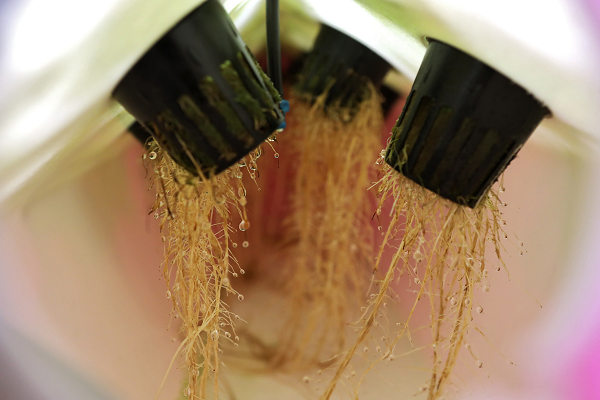
- Nutrient Intake: It allows for more efficient nutrient uptake. Since the roots are suspended in air, they have constant access to oxygen, which helps them absorb nutrients faster than they would in traditional soil.
- Greater Control: Nutrient solutions can be finely misted onto the roots, and plants can take up exactly what they need without an excess runoff.
- Lower Water Consumption: Aeroponic setups use significantly less water than traditional soil gardening and even hydroponics since there’s no risk of evaporation or seepage into the surrounding earth.
- Flexibility: It offers greater flexibility when it comes to plant placement and density. With no physical medium like soil or even water taking up space around the root zone, plants can be spaced closer together and grown vertically if desired.
- Better yield: The misting system leads to the better absorption and utilization of the nutrients by the plant’s roots leading to faster growth and better yield compared to hydroponics.
Disadvantages of aeroponics
Here are a few disadvantages of aeroponics
- Setup: It is far more difficult to set up than hydroponics as the misting system usually requires a well-controlled and constant temperature and humidity level
- Expensive: It is comparatively more expensive to set up than hydroponics due to the specialized equipment system and setup
Similarities between Hydroponics and Aeroponics
Here are a few similarities between these systems:
- Control: In both these systems, the growth, quality, and amount of nutrients and other resources supplied to the plants can be controlled and can tailor to accustom to the plant’s growth.
- Water consumption: They consume lesser water compared to regular agricultural methods as the water is mostly sprayed in the case of aeroponics and can be reused in the case of hydroponics.
- Growth: Regardless of the season or climate, you can expect year-round harvesting of the plants
- Sustainable: They are sustainable methods of agriculture as both these methods produce way lesser wastage than the normal agricultural setup
- Cheaper: They are both cheaper than the usual agriculture since they need very fewer resources
Hydroponics vs Aeroponics: Which is better?
When it comes to comparing hydroponics and aeroponics, choosing the better option depends on your individual needs and preferences.
Hydroponic systems are ideal for beginners or those who prefer a simpler setup as they require less maintenance compared to aeroponic systems.
However, if you’re looking for faster growth rates and higher yields, then an aeroponic system may be more suitable.
In terms of water usage, both hydroponics and aeroponics use significantly less water compared to traditional soil-based gardening methods.
But when it comes to nutrient delivery, aeroponics takes the lead as its misting system provides better access for plant roots to absorb nutrients quickly.

While both methods have their advantages and disadvantages, some growers believe that combining the two can provide even greater benefits.
For example, using an aquaponic system that combines hydroponics with fish farming can create a self-sustaining ecosystem where plants receive nutrients from fish waste while also purifying the water for the fish.
Ultimately, whether you choose hydroponics or aeroponics will depend on your specific goals and the resources available.
Researching both options thoroughly before making a decision is crucial in ensuring success in your indoor gardening endeavors!
Conclusion
After carefully analyzing the differences between hydroponics and aeroponics, we can conclude that both methods have their unique advantages and disadvantages.
Hydroponics is an excellent option for beginners or individuals who want a simple system with low maintenance requirements.
On the other hand, aeroponics is a more advanced technique that requires expertise but has significant benefits over hydroponics.
Ultimately, choosing between hydroponics and aeroponics depends on your specific needs as well as factors like budget constraints, available space, the time commitment required for maintenance, and level of experience with growing systems.
Regardless of which method you select, both offer efficient solutions for growing healthy fresh produce in controlled environments without soil.
